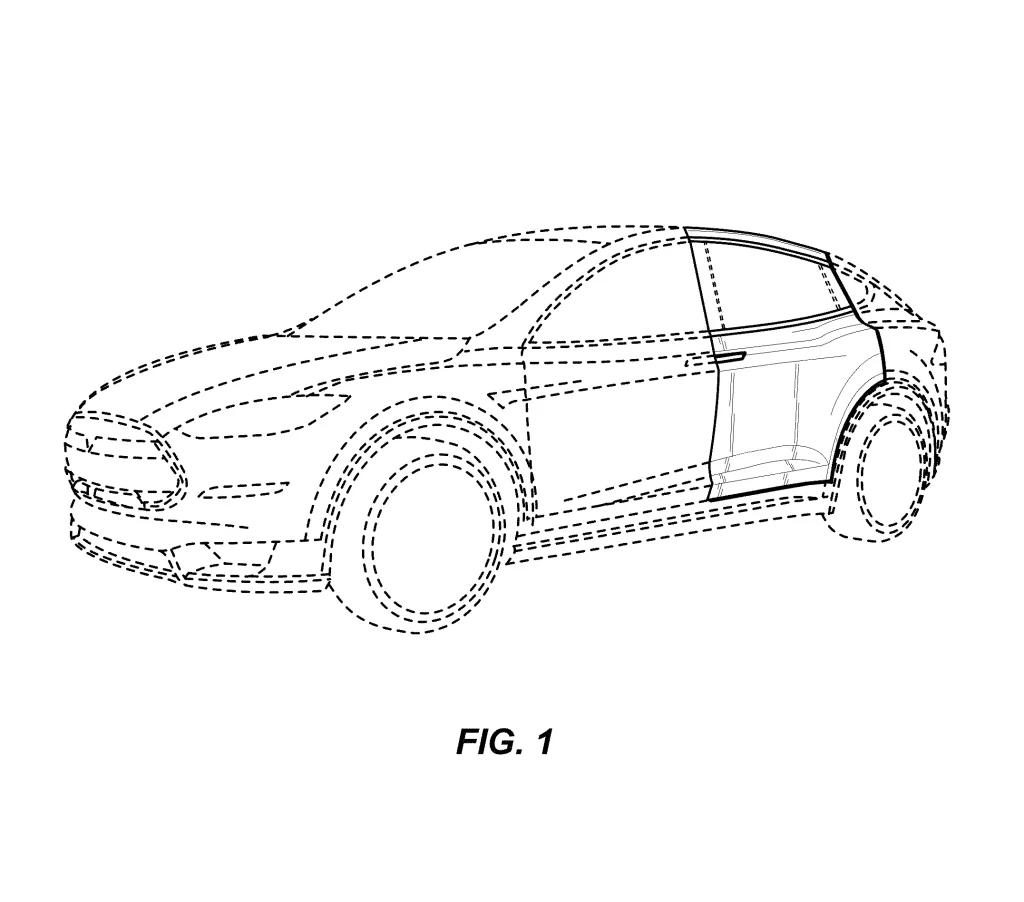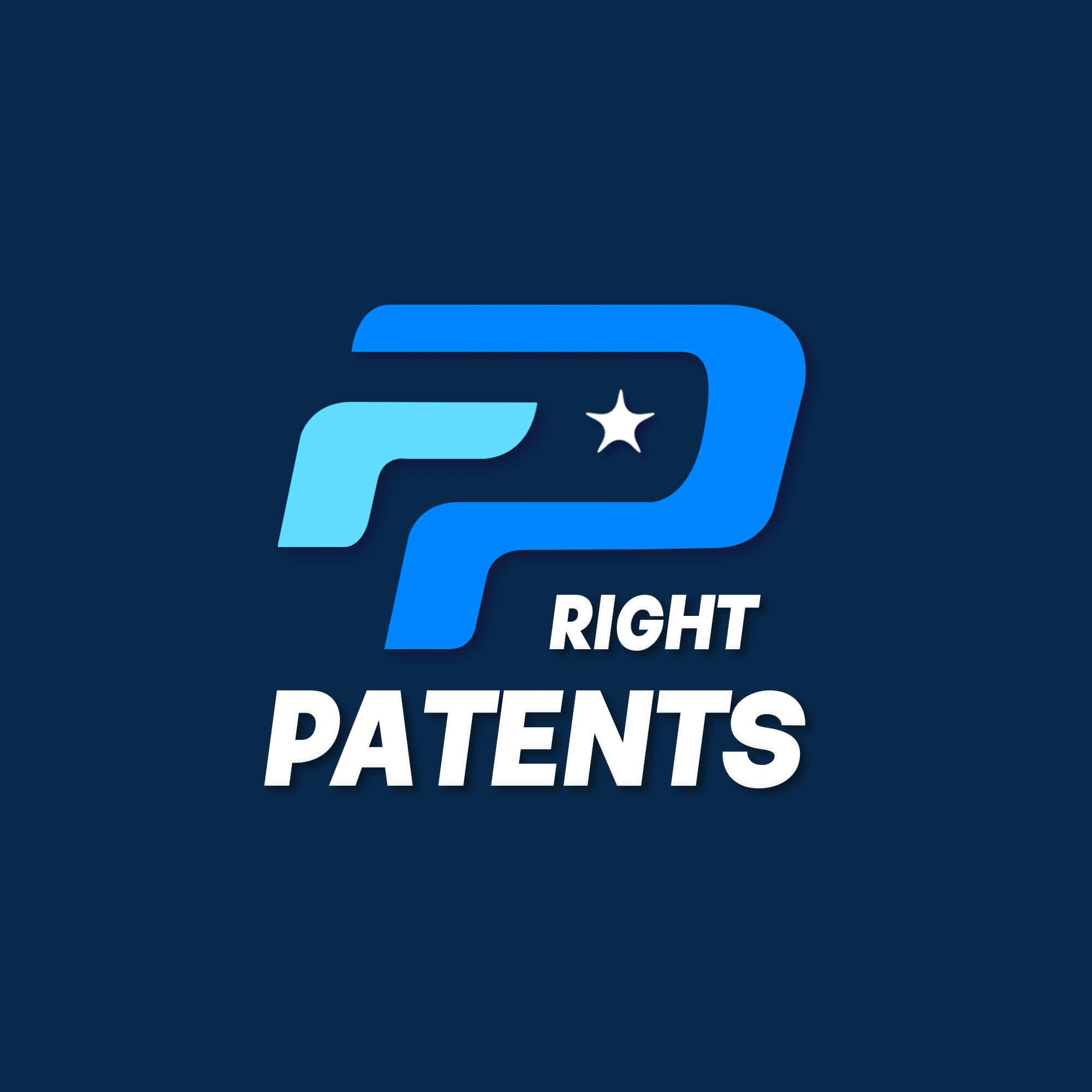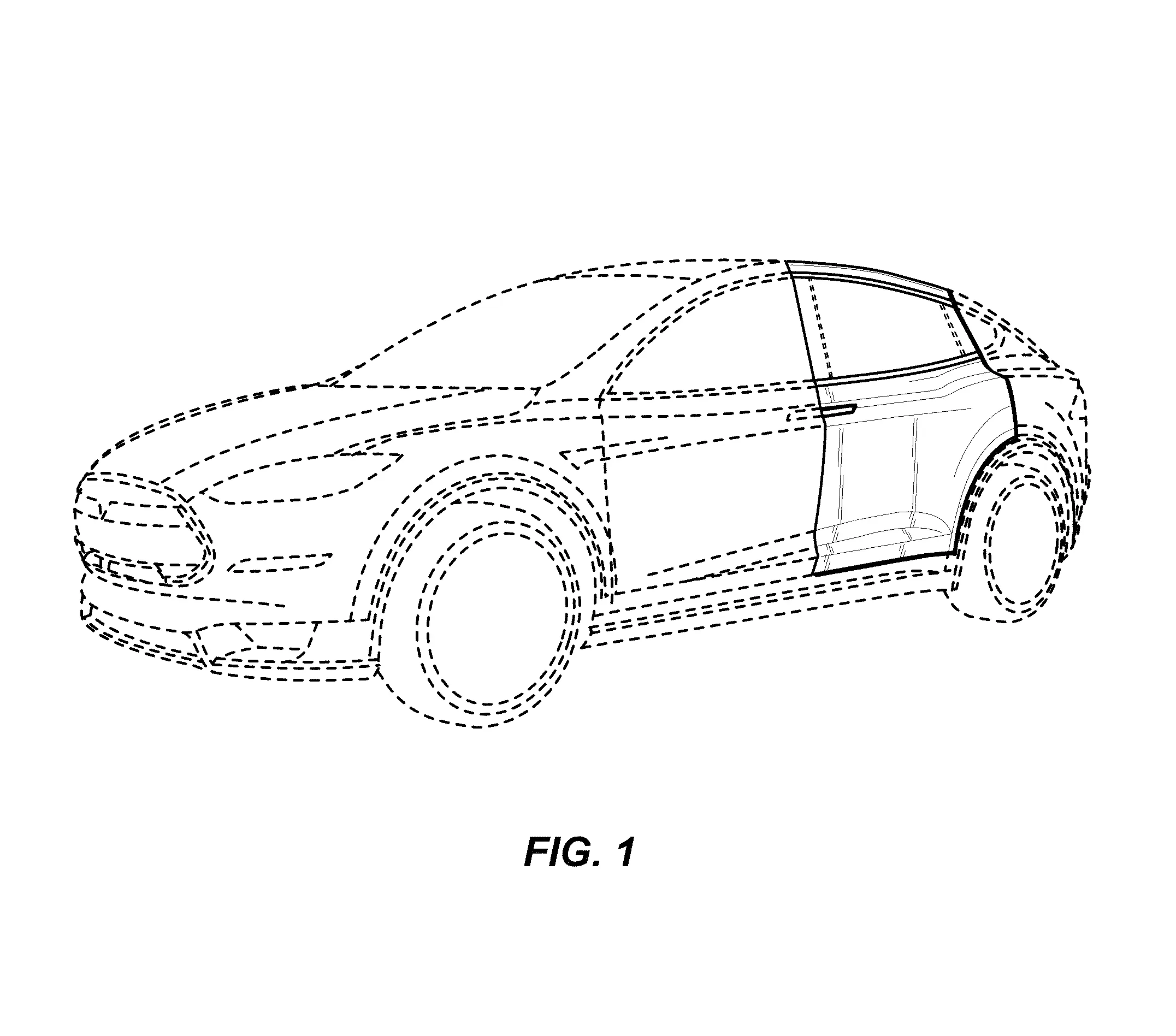The road to a successful patent application can be riddled with complexities. While the written description is crucial, don’t underestimate the power of visuals. This is where patent drawing experts come in – your secret weapon in the fight for patent protection. These specialists possess a unique blend of artistic talent and technical expertise. They can translate your invention’s intricacies into clear, precise drawings that adhere to strict patent office guidelines. From detailed cross-sections to exploded views, they ensure your invention is showcased in a way that both complements your written description and leaves no room for ambiguity for the patent examiner. By leveraging their skills, you can significantly increase your chances of securing a patent and safeguarding your intellectual property.
Patent Drawing Experts: The Architects of Invention Clarity
In the intricate world of patent applications, where legal protection hinges on clear communication, patent drawing experts emerge as crucial figures. These skilled professionals are more than just talented artists; they act as visual translators, transforming inventive concepts into detailed and accurate drawings that comply with strict patent office guidelines. Through meticulous collaboration with inventors and patent attorneys, patent drawing experts ensure that the visual representation of an invention aligns perfectly with the written description, bolstering the application’s strength and increasing its chances of approval.
- Technical Proficiency: Patent drawing experts possess a deep understanding of drafting conventions and patent office requirements. They can produce high-quality drawings that meet specific technical standards, ensuring clarity and avoiding potential rejections.
- Communication and Collaboration: Effective communication is key. Patent drawing experts work closely with inventors and attorneys to grasp the nuances of the invention and translate them into precise visuals. They can ask clarifying questions and ensure the drawings accurately reflect the inventive features.
- Experience Across Industries: The best patent drawing experts possess a broad knowledge base across various technological fields. This versatility allows them to adapt their approach to suit the specific requirements of each invention, whether it’s a new medical device, a groundbreaking software program, or a revolutionary industrial process. Also, Read: CAD Patent Illustration
Importance of High-Quality Patent Drawings in Patent Applications
In the world of patents, a well-written description is crucial, but it’s only half the story. High-quality patent drawings act as the visual companion, playing a vital role in ensuring your application’s success. These detailed illustrations clearly communicate the invention’s form, function, and unique features, leaving no room for misinterpretation by patent examiners. Think of them as a bridge between your innovative idea and its official recognition – a bridge that can make or break your application. Also, Read: Hiring Questions to Ask Patent Illustrators
- Enhanced Clarity: Complex inventions can be difficult to grasp from text alone. High-quality drawings, with precise details and multiple angles, provide a clear understanding for examiners, even if they aren’t experts in your specific field.
- Strengthened Application: Flawed or unclear drawings can raise red flags and lead to application rejections. Professional drawings demonstrate a level of attention to detail and professionalism, boosting your application’s credibility.
- Future-Proofing Your Patent: Clear and accurate drawings become crucial evidence if your patent is ever challenged. High-quality illustrations help define the exact scope of your invention, making it easier to defend your intellectual property rights.
Understanding Patent Drawing Requirements
Patent drawings are the visual language of inventions. To secure your intellectual property, understanding the specific requirements is crucial. These drawings need to be clear, detailed, and adhere to specific formats. Following patent office guidelines regarding paper size, margins, and linework ensures your invention is presented effectively for examination. By meeting these requirements, you can significantly improve your chances of a successful patent application. Also, Read: Improving Patent Applications with Patent Drawings
Guidelines set by Patent Offices
Obtaining a patent requires a clear and accurate depiction of your invention. Patent offices, like the USPTO (United States Patent and Trademark Office), establish strict guidelines for drawings to ensure proper examination and reproducibility. These guidelines address aspects like:
- Sheet Size and Margins: Drawings must be submitted on specific sized sheets with designated margins to ensure proper scanning and archiving.
- Durability and Clarity: Drawings require high-quality, durable paper with clear, dark lines for optimal reproduction.
- Views and Detail: Multiple views of the invention are typically required, showcasing its functionality and key features from different angles.
- Scaling and Shading: Drawings must be presented at a scale that allows for clear distinction of details even after reduction in size. Shading techniques are used to illustrate the three-dimensionality of the invention and differentiate solid areas from openings.
- Color and Labeling: Color is generally not permitted, with black and white being the standard. Reference numerals and letters are used to clearly identify specific components of the invention.
Following these guidelines ensures your drawings effectively communicate the essence of your invention to patent examiners, ultimately strengthening your application. Also, Read: International Patent Application – PCT Drawing Requirements
Importance of Compliance with Patent Drawing Rules
Following patent drawing rules isn’t just about aesthetics; it’s crucial for a successful patent application. These regulations ensure clarity and consistency, allowing examiners to swiftly grasp the invention’s unique features. Compliant drawings become a legal document, accurately depicting your invention and strengthening your claim to its novelty and functionality. Think of them as a visual language, universally understood, that bolsters your chance of securing patent protection.
Expertise of a Patent Drawing Expert in Technical Patent Drawing



A patent drawing expert isn’t just a skilled artist; they’re a technical translator with a deep understanding of both invention and illustration. Their expertise in technical patent drawing ensures your invention is clearly and accurately communicated to patent offices.
- Technical Proficiency: They possess a strong grasp of engineering principles and scientific concepts. This allows them to translate the functionality and intricacies of your invention into clear, detailed visuals.
- Patent Office Savvy: They are well-versed in the specific drawing requirements of various patent offices like the USPTO or EPO. This ensures your drawings meet all formatting and technical specifications for a smooth application process.
- Artistic Ability: They combine technical knowledge with artistic expertise. They can create precise illustrations that highlight key features and functionalities of your invention, while adhering to a professional and consistent style.
Proficiency of Patent Drawing Experts with Patent Drawing Software
While a keen eye and technical knowledge are crucial, patent drawing experts leverage specialized software to maximize their efficiency and accuracy. These programs offer features like precise dimensioning tools, patent-specific line types and shading techniques, and automated drawing element libraries. This software proficiency allows them to create consistent, high-quality drawings faster, streamlining the patent application process.
Ability of Patent Drawing Experts to Interpret Complex Inventions
Patent drawing experts are deciphering wizards. They can untangle the intricacies of even the most complex inventions. Through a combination of technical knowledge and keen observation, they translate an inventor’s vision and functionality into clear, detailed illustrations that meet patent office requirements. Also, Read: Do provisional patent applications require drawings?
Must-Have Qualities of Patent Drawing Experts
The success of a patent application hinges not just on a brilliant invention but also on its visual representation. Patent drawings play a crucial role in clearly communicating the intricacies of an invention to patent examiners and the public. This is where patent drawing experts come in – skilled individuals who bridge the gap between technical concepts and clear, concise visuals. But what makes a truly exceptional patent drawing expert? Here’s a look at the must-have qualities:
Technical Proficiency of Patent Drawing Experts:
- Understanding of Patent Law: A solid grasp of patent law principles is essential. Experts should be familiar with different types of patents (utility, design, etc.) and the specific drawing requirements for each.
- Technical Acumen: They need to understand the technical aspects of the inventions they’ll be depicting. This allows them to accurately translate complex mechanisms and functionalities into clear visuals.
Artistic Expertise of Patent Drawing Experts:
- Drafting Skills: The ability to create precise and detailed drawings is paramount. Patent drawings are not artistic interpretations; they require clean lines, accurate proportions, and proper use of shading and perspective.
- 3D Visualization: Many inventions are three-dimensional. Experts should be skilled in depicting objects from various angles and in cross-section to showcase their internal workings.
- Software Savvy: Proficiency in Computer-Aided Design (CAD) software is a must. This allows for efficient and precise drawing creation, ensuring consistency and adherence to patent office specifications. Also, Read: Ten Patent Drawing/illustration Software Packages
Communication and Attention to Detail Skills of Patent Drawing Experts:
- Clear Communication: Patent drawings are a form of technical communication. Experts need to effectively bridge the gap between inventors’ ideas and the visual representation required for patent applications.
- Scrupulous Attention to Detail: The slightest inaccuracy in a patent drawing can lead to misunderstandings and potentially jeopardize the application. A meticulous eye for detail is crucial.
- Responsiveness and Collaboration: Effective communication extends to working closely with inventors and patent attorneys. Experts should be able to understand feedback, answer questions, and revise drawings as needed.
Bonus Qualities for Patent Drawing Experts:
- Research Skills: The ability to research existing patents and prior art is valuable. Understanding what already exists helps ensure the drawings clearly highlight the unique features of the new invention.
- Experience in Specific Fields: While a strong foundation is necessary, experience in specific technical fields can be a plus. This allows for a deeper understanding of the nuances involved in depicting inventions from those domains. Also, Read: Complete Guide on Intellectual Property Illustrations
By possessing this unique blend of technical knowledge, artistic skill, and meticulous attention to detail, patent drawing experts play a vital role in ensuring the clarity and effectiveness of patent applications. Their expertise safeguards the rights of inventors and fosters innovation across various industries.

